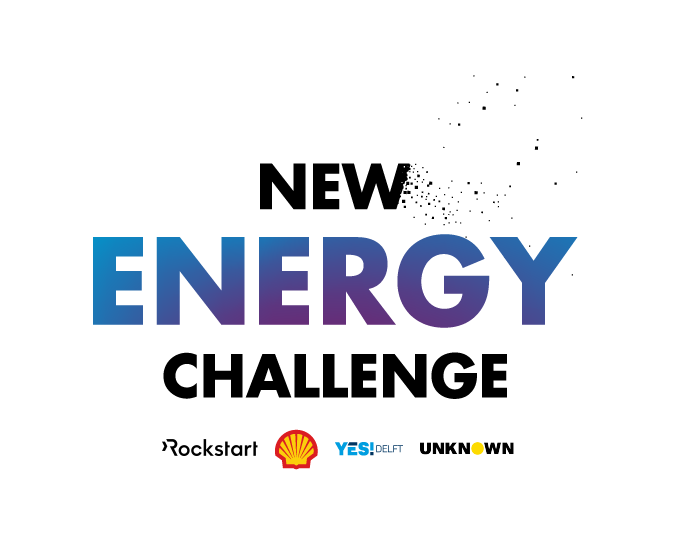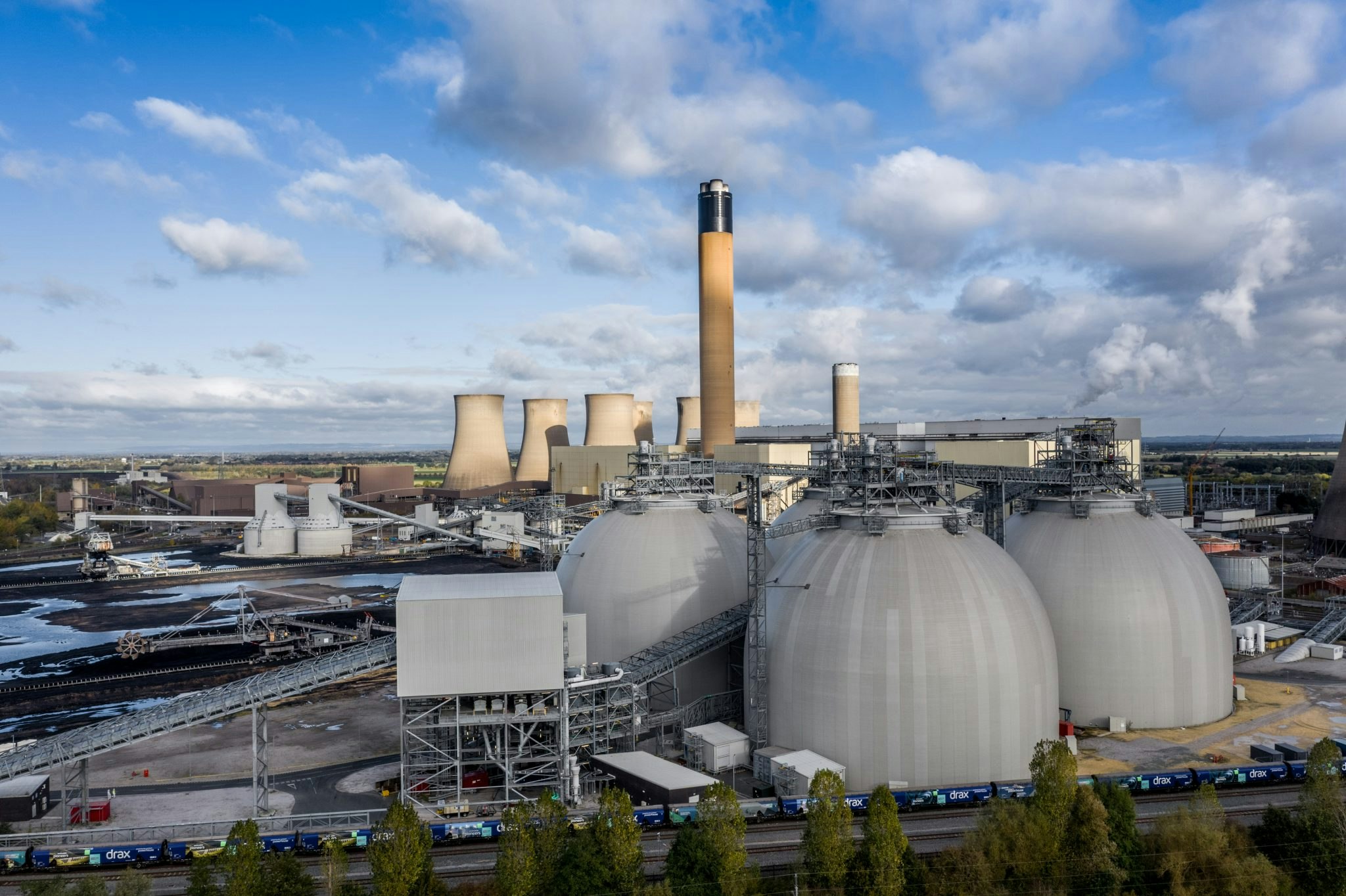There's no time to waste when it comes to addressing climate change. Technology and innovation lie at the heart of many solutions and carbon capture, utilisation and storage (CCUS) — the process of capturing carbon dioxide before it enters the atmosphere and safely storing it deep below the Earth’s surface — could have an important role to play.
The New Energy Challenge (NEC) competition brings together startups and scaleups from Europe and Israel developing innovative, future-focused solutions that could help accelerate the energy transition.
CCUS was this year’s theme and its two winners — CyanoCapture and RepAir — were announced at Web Summit in Lisbon this November. We spoke to them and got to know more about their solutions to help "save the planet".
Capturing carbon with bacteria
Founded in 2021, UK-based CyanoCapture is harnessing cyanobacteria — microscopic organisms that can convert CO2 into biomass — in order to make carbon capture a low-energy process for emitting industries around the world.
For us to move the needle on climate, carbon capture cannot be something only for the conscientious wealthy
CyanoCapture's technology enables cyanobacteria to be highly productive, controllable and densely packed in large containers. When CO2 is bubbled through these containers, it can be quickly absorbed by the organisms and converted into biomass and biological oils.
“We have found a way to make this system work at a fraction of the energy used by other carbon capture methods per tonne of CO2 captured,” says David Kim, CEO and founder of CyanoCapture.
“By making carbon capture low-energy, we can also make it affordable,” he adds. “For us to move the needle on climate, carbon capture cannot be something only for the conscientious wealthy. It has to become accessible globally — especially for middle-income countries who will expand their energy consumption significantly over the next decade.”
In 2020, carbon capture accounted for around 0.1% of all CO2 emissions, but investment into the sector has been on the rise.
Kim says that in order for carbon capture to become scalable, it has to become an energy efficient process that does not rely on significant electricity or heating use. CyanoCapture’s system only requires sunlight and warm temperatures to fuel the process.
“CyanoCapture is a gamechanger for Shell to be involved with,” says Syrie Crouch, VP carbon capture storage at Shell, one of NEC’s organisers. “It’s a new technology with the potential to reduce the energy consumption and cost of CO2 capture. We plan to work with CyanoCapture to bring it up to pilot level and support them through that first development space.”
Capturing carbon from the air
Israel-based RepAir is developing an affordable, sustainable and scalable direct air capture (DAC) system that consumes only a third of the energy required by alternative DAC technologies. RepAir's solution is based on an electrochemical device that uses electricity to separate CO2 from air.
To meet climate goals, direct air capture (DAC) is going to be needed at an increasing scale
As a NEC winner, RepAir — which is currently at the pilot proof stage — will receive support from Shell Ventures, the corporate venture capital fund of Shell, to take the technology to the next level of investment.
“One of the challenges for DAC to become more scalable is to be able to show how energy and water consumption can be reduced,” Crouch tells Sifted. “To meet climate goals, DAC is going to be needed at an increasing scale.
“RepAir’s solution is a direct response to that challenge and will hopefully enable us to facilitate DAC at scale, but without the same energy and water consumption requirements. Because all that energy can also be used elsewhere in the energy system.”
A joint effort
Given the magnitude of climate change, innovators will have to work alongside each other to scale many technologies and solutions. In this spirit, an additional NEC winner was named in the category of the Energy Transition Campus Amsterdam membership: Ireland-based CarbonSpace.
One of the challenges with nature-based solutions is actually being able to show the amount of CO2 that has been captured
The startup is developing a satellite-powered platform for carbon footprint tracking, making use of nature-based solutions. The technology analyses carbon emissions and sequestrations from farms, fields, forests and other land-use.
As a winner, the startup will gain lab space at Shell Technology Centre in Amsterdam, sitting alongside Shell’s teams and other startups in the energy transition space.
“One of the challenges with nature-based solutions is actually being able to show the amount of CO2 that has been captured as you replant mangroves or you reforest an area,” says Crouch. “CarbonSpace’s technology is a way of using satellite images to quantify the amount of CO2 that's being absorbed by that new planting.
“We believe it is a fascinating method and it means you can do this on a global scale because the satellites cover a lot of acreage, removing the need to do it manually in person,” she adds. “If you can reconcile what you take in those point-source measurements with CarbonSpace’s satellite technology, then you have a much greater coverage and a much better proof point to people in just how much CO2 is being absorbed.”
The ongoing challenge
Startups and scaleups have the potential to provide the world with much needed creative innovations — ready for a carbon-neutral future.
CyanoCapture stood out to the jury because their technology is both new and compelling in its potential to significantly reduce sequestration costs
“I was very impressed by the quality of the pitches from all NEC finalists,” says Akilah LeBlanc, GM commercial innovation partnerships at Shell. “CyanoCapture stood out to the jury because their technology is both new and compelling in its potential to significantly reduce sequestration costs.
“This is exactly the kind of creativity we need to develop carbon-useful solutions and I feel inspired by the potential of cyanobacteria to help decarbonise multiple sectors, such as aviation or cement and steel manufacturing.”




